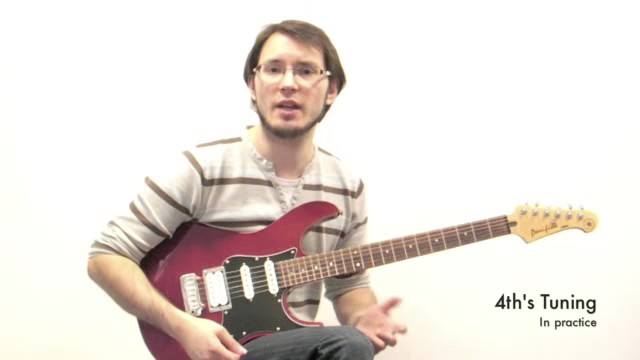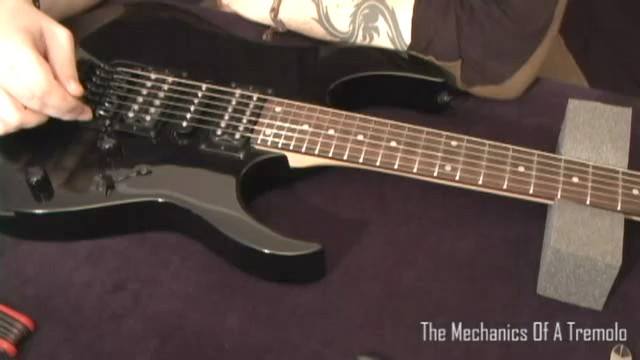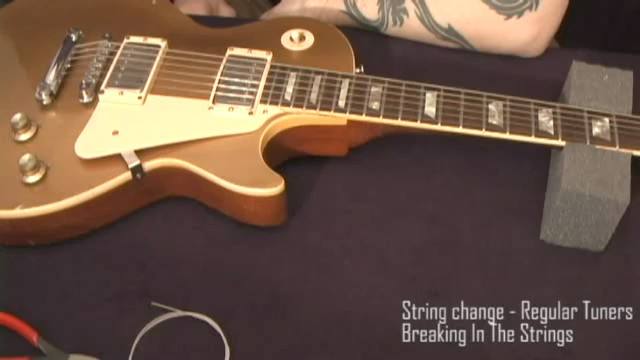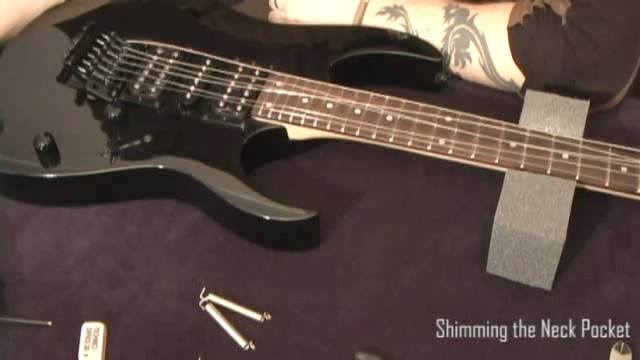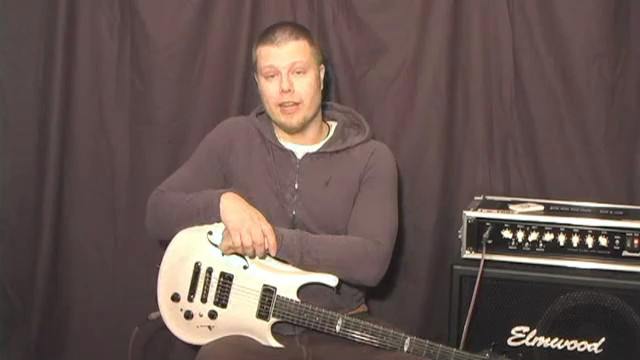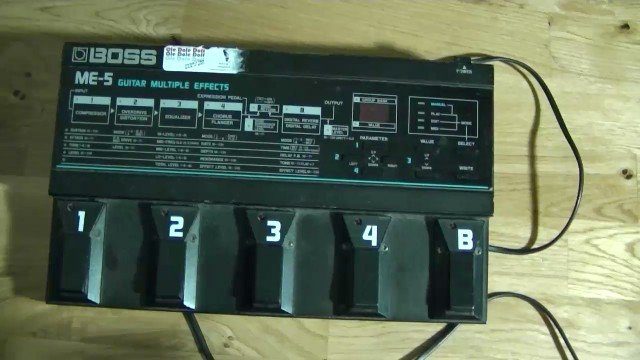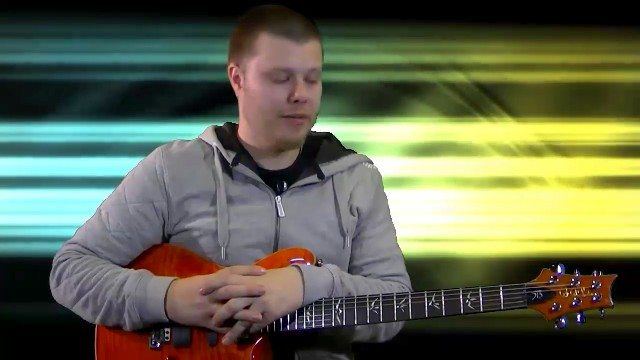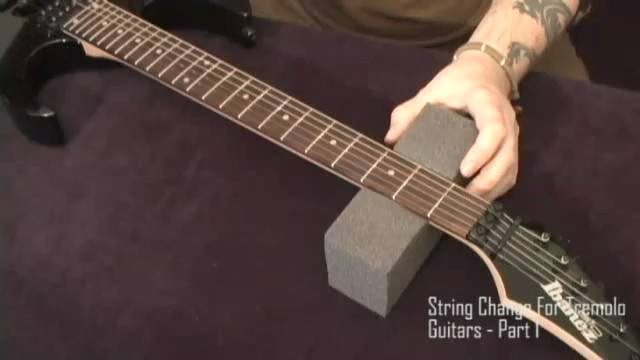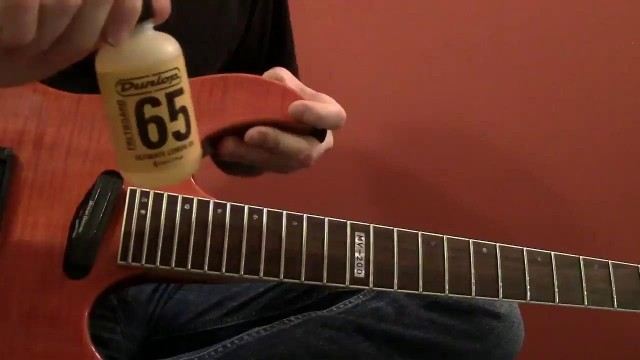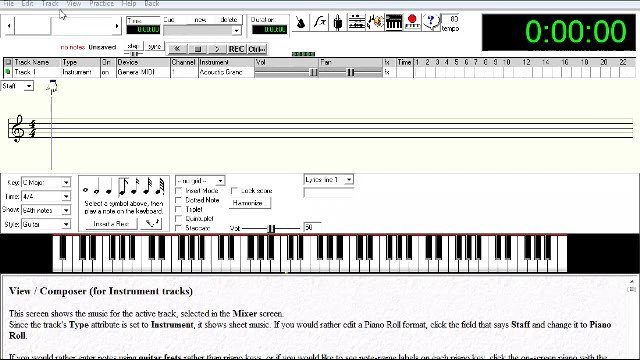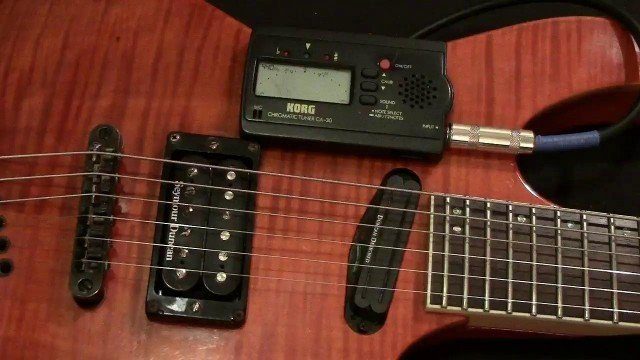Truss Rod Adjustment
What is a truss-rod you might ask? The truss-rod is a metal bar inside the guitar neck, that flexes in or (or sometimes both) directions. This rod in place for two reasons: 1. To stabilize the neck and stop it from warping. 2. To be able to bend the neck to the relief (bow) that you desire.
With that said, relief (the way the neck is curved in relation to the strings) is a very personal matter, and what you like is largely based on playing style, string height, string gauge and more.
One thing that should be touched upon briefly (and will be discussed in further detail in the intonation section), is how the truss-rod relief affects intonation. In a perfect world, the neck would be completely flat, without relief, exactly in line with the strings from the neck to the bridge. It would also be conical in shape to follow how the strings spread out towards the bridge. The neck would also have no curvature (radius). Furthermore, everyone would be playing really thin strings. Why this is, I leave to the intonation chapter. Let’s just for now say that a too flat relief (neck bowed towards the strings) will cause fret buzzing (where the strings vibrating arc is killed by the frets), and if you use heavier strings, won’t allow for any grip on the string. Too much relief (too much bow from the strings) will negatively affect intonation, and make the guitar harder to play. Therefore, a completely flat neck with the characteristics described above, may not be psychically possible, and at least not ergonomically efficient to play (more guitar-psychics in the intonation chapter).
The first thing you need to do before going on to check your relief, is to remove your truss rod cover. This is the small plastic "Lid" that sits beneath your strings, just above the top nut. On most guitars, these are fastened with tiny screws. Loosen these, and take them off. Then, it is really helpful if you loosen the D and the G-string, enough so that you can lift them out of their slots, and place them in the slots of the adjacent strings (A and B respectively>). Then you will have a better access to the truss rod itself.






















